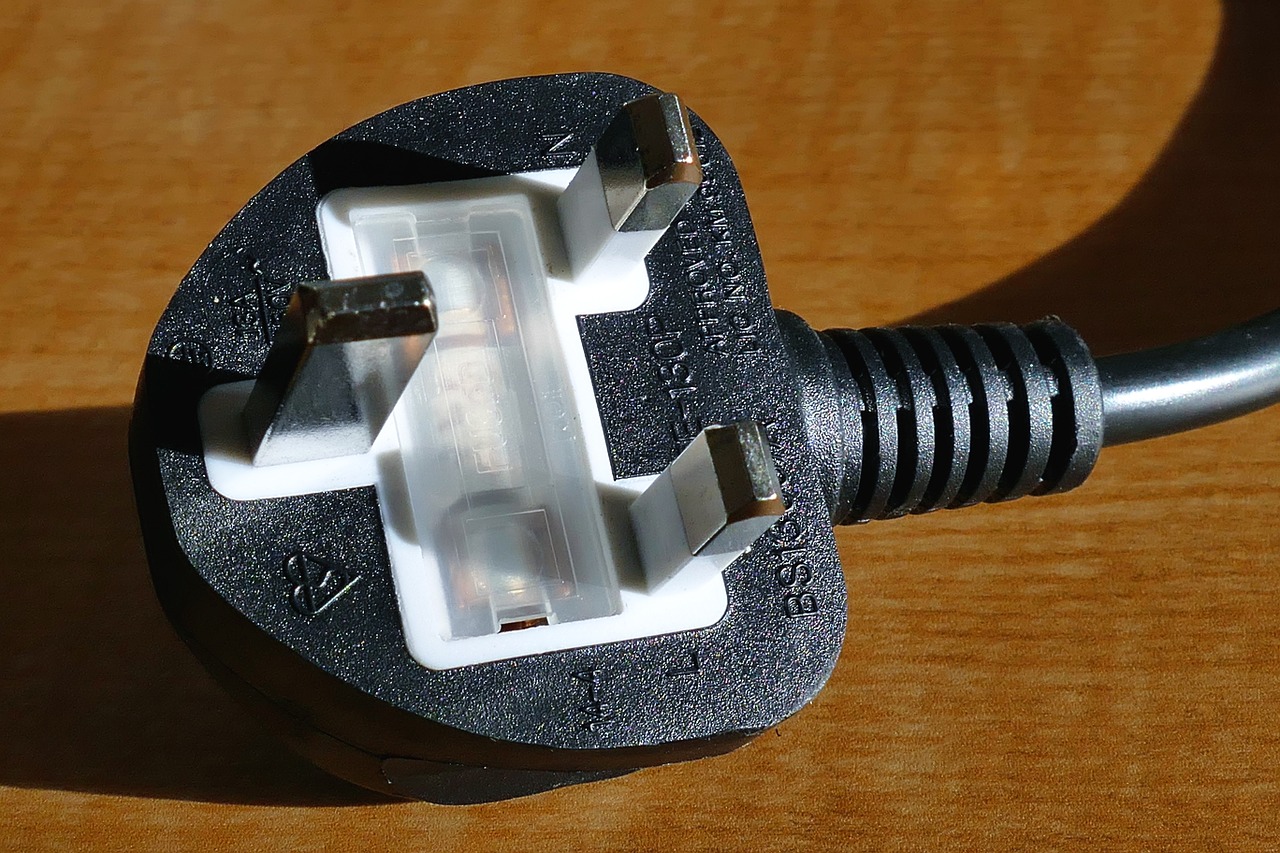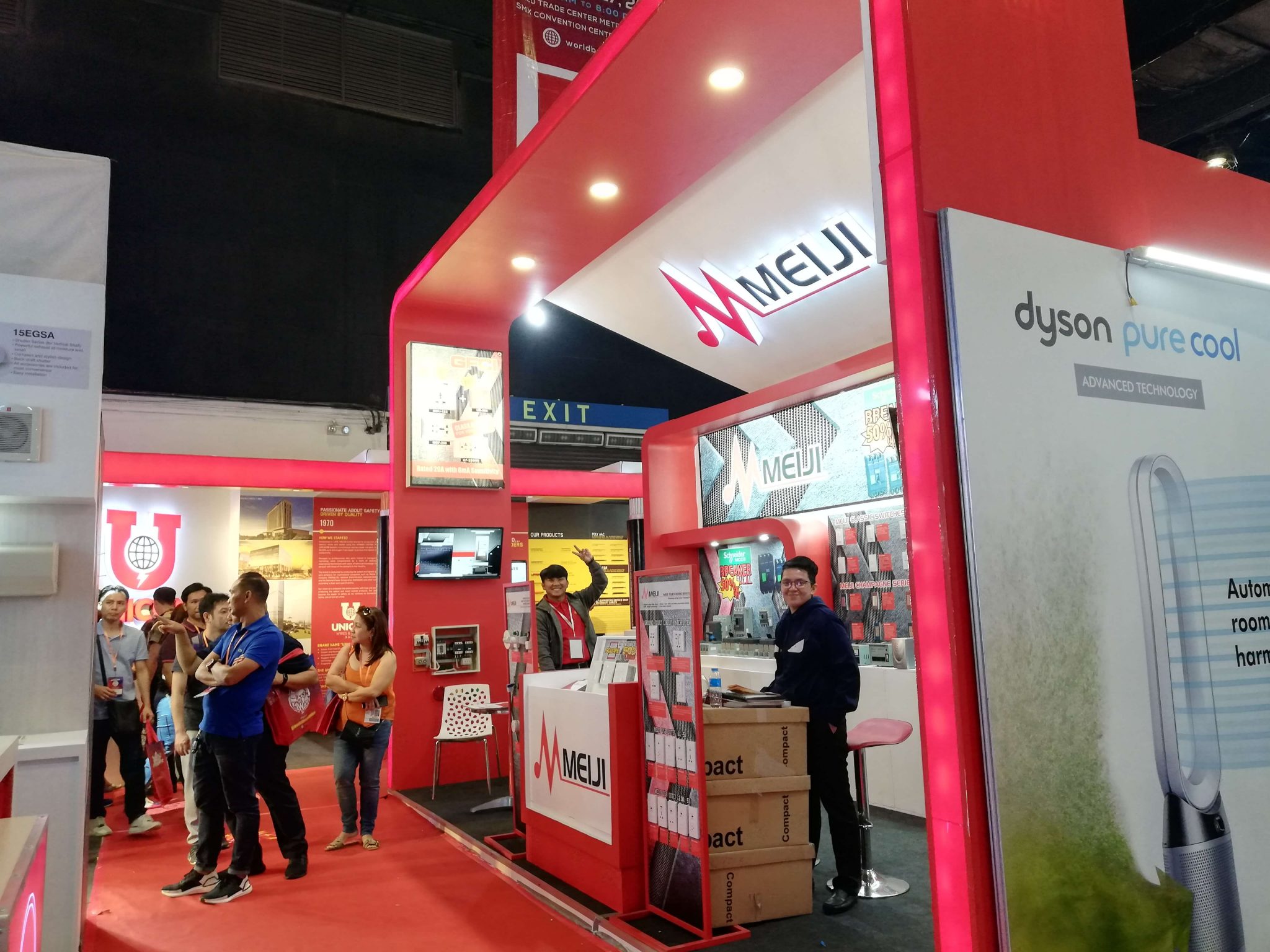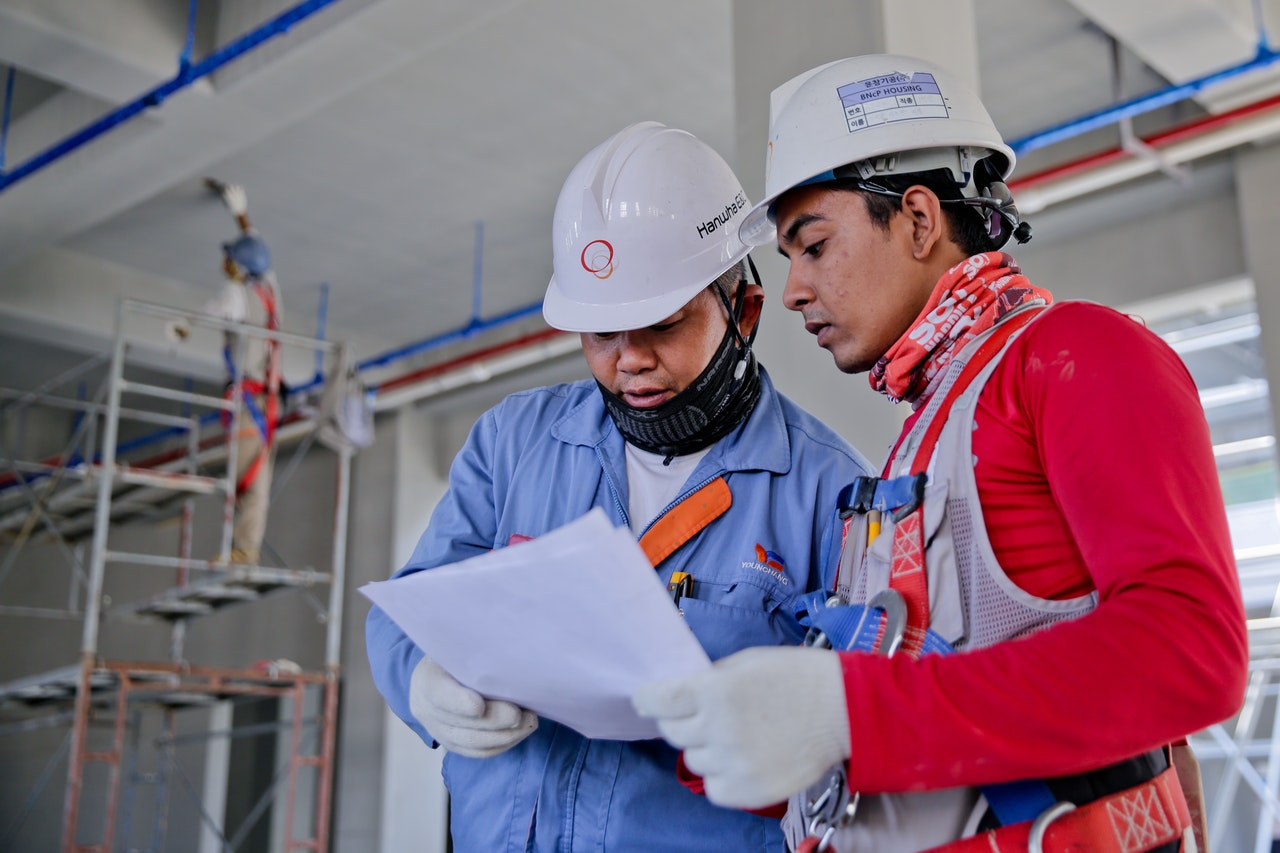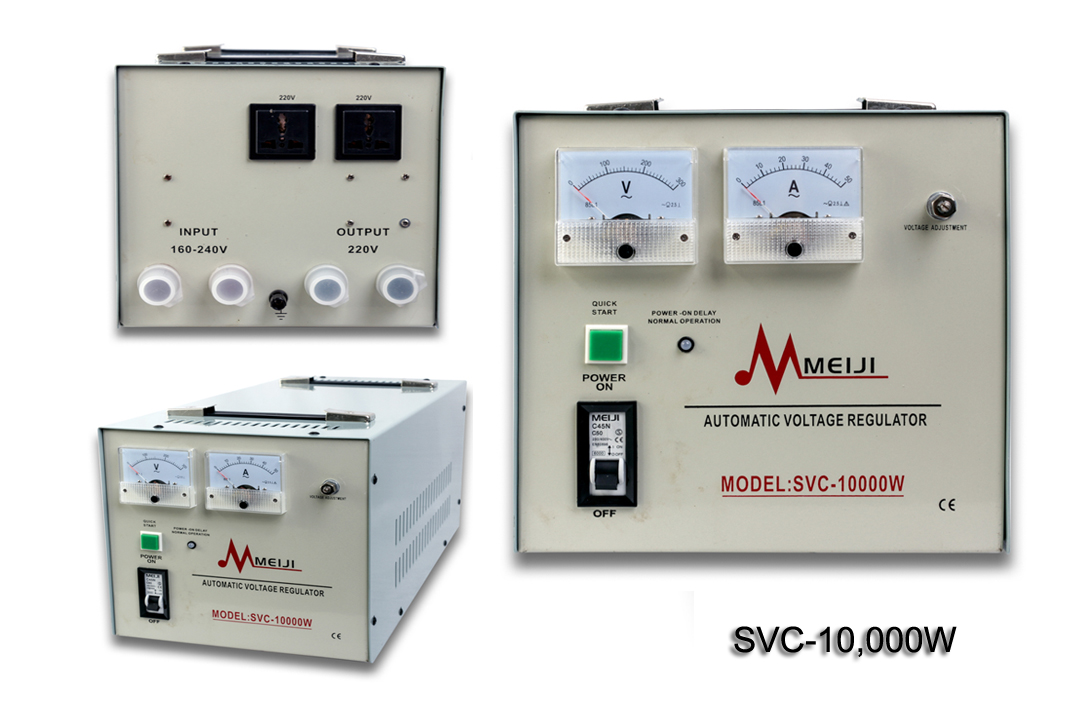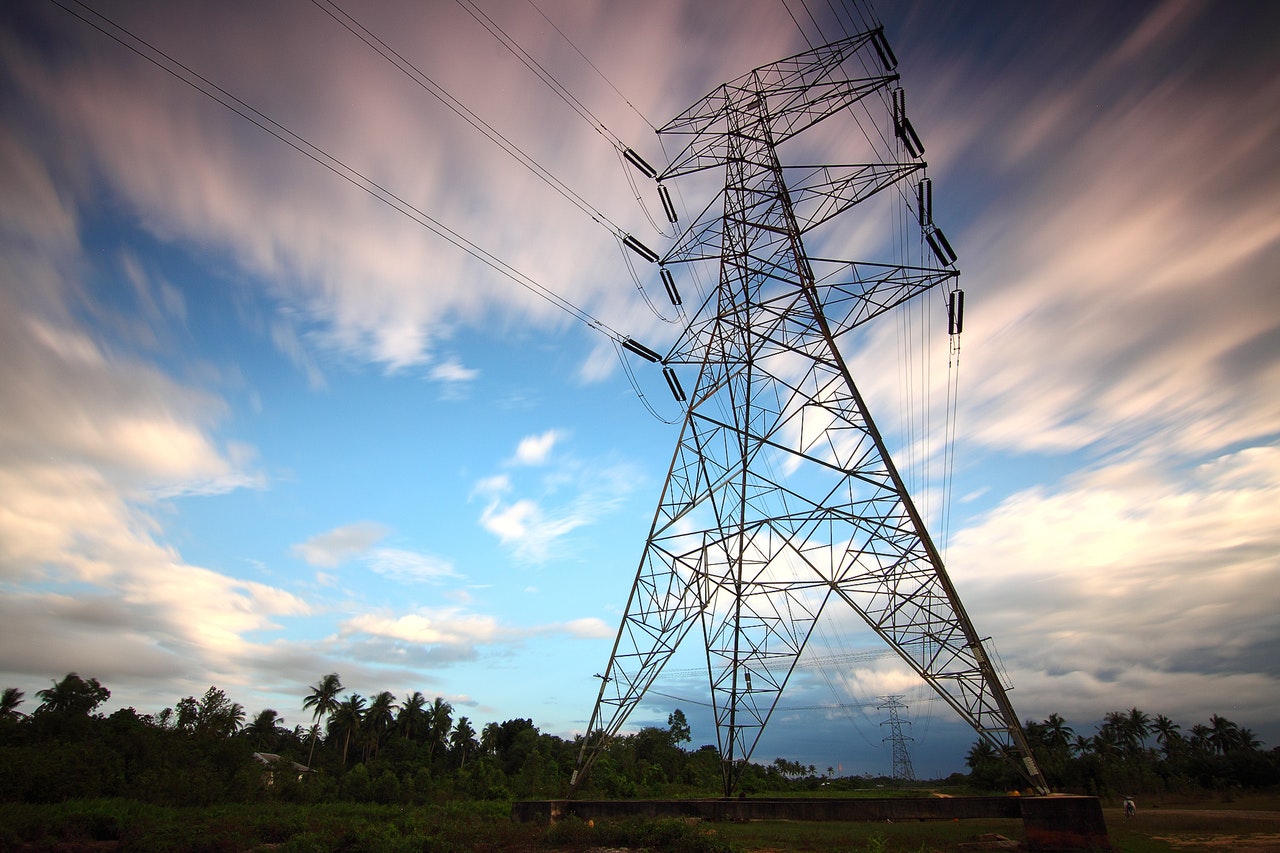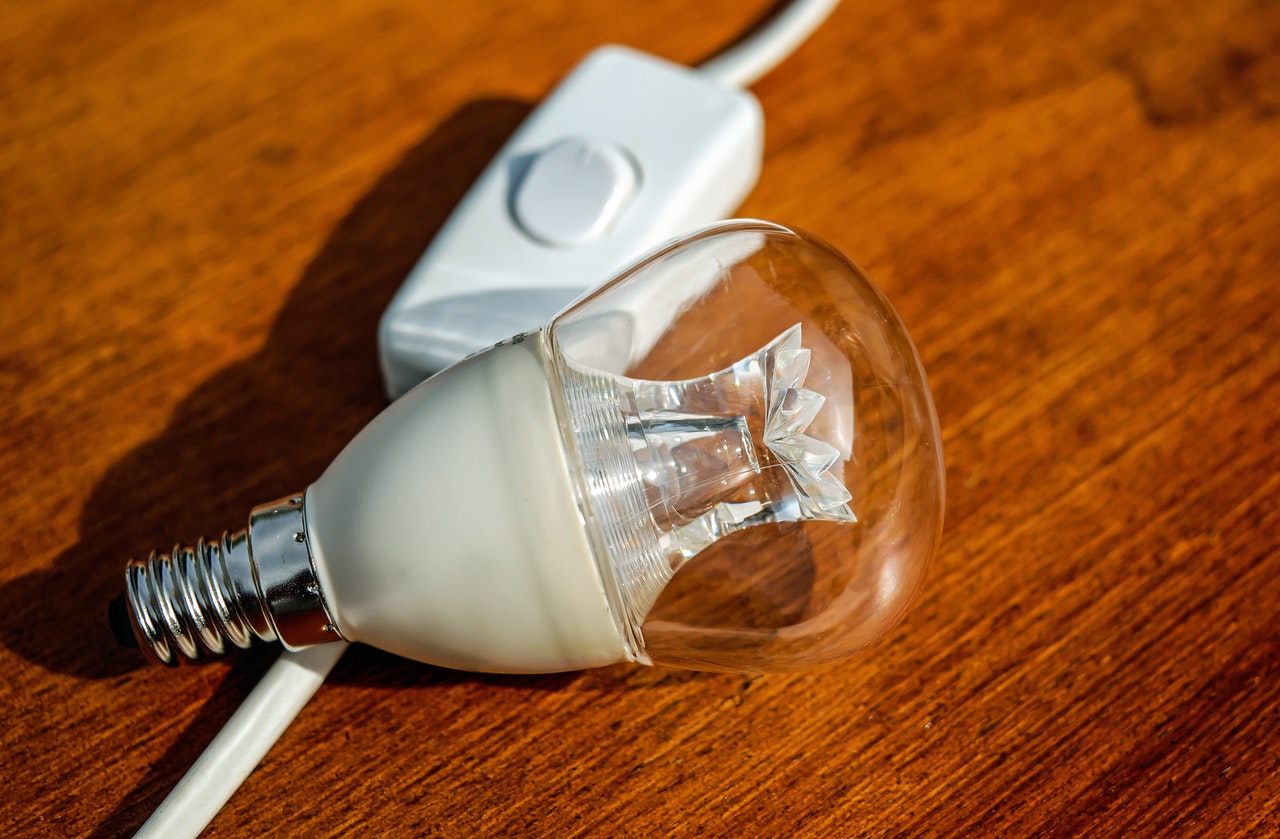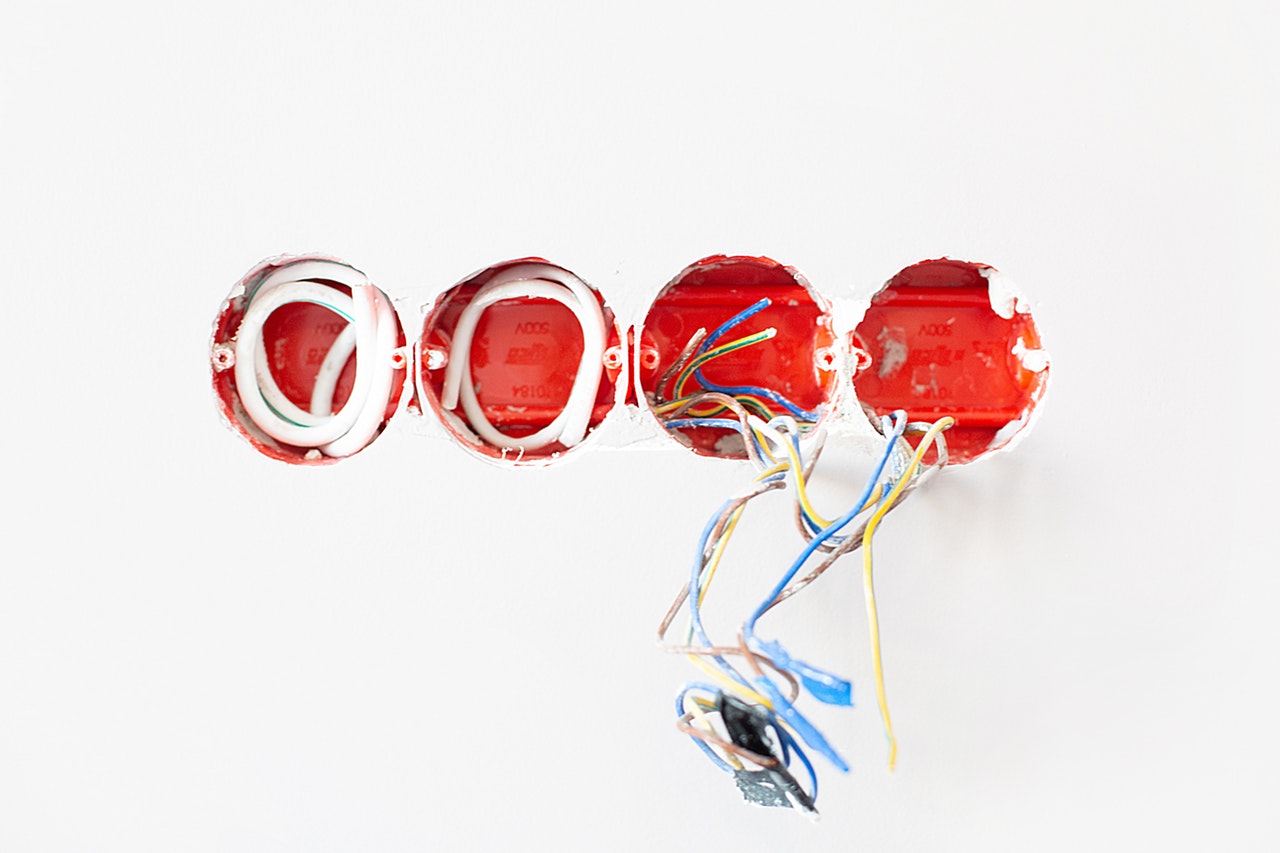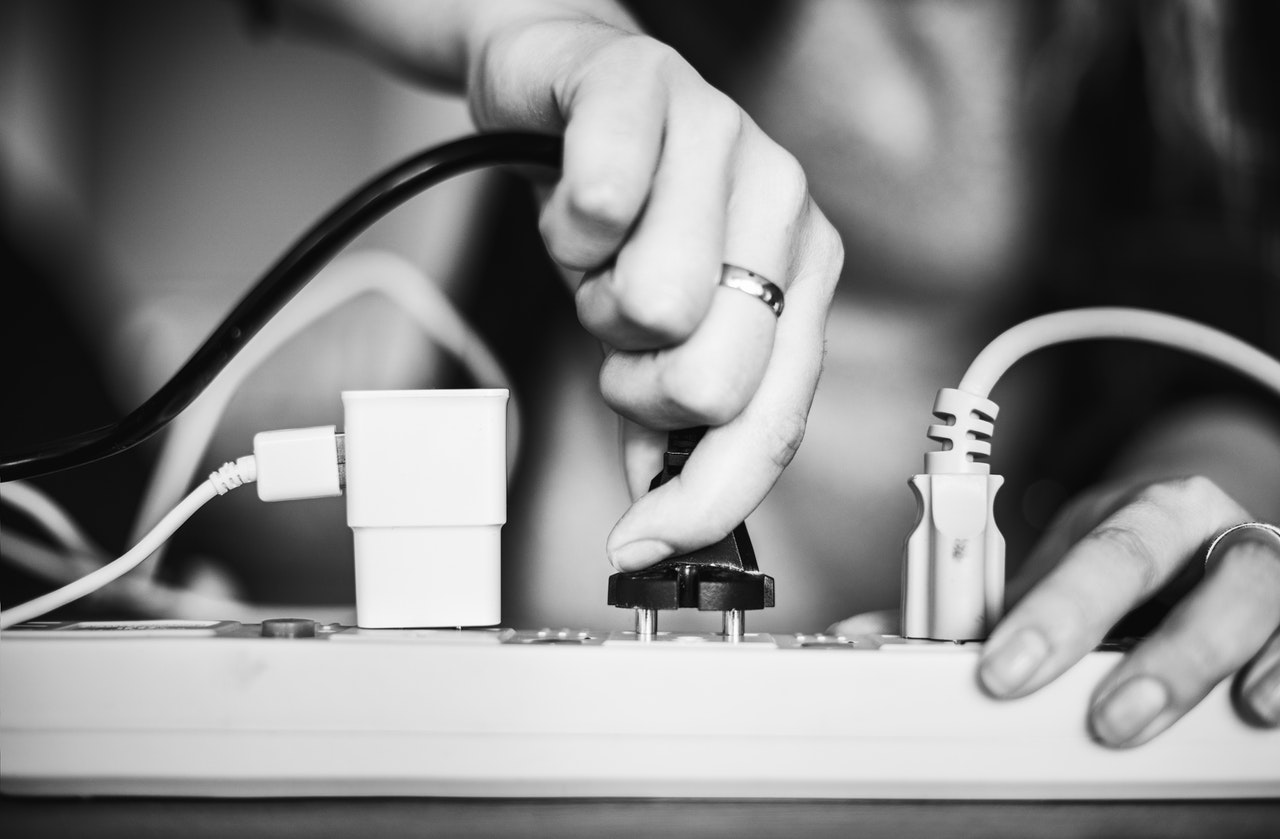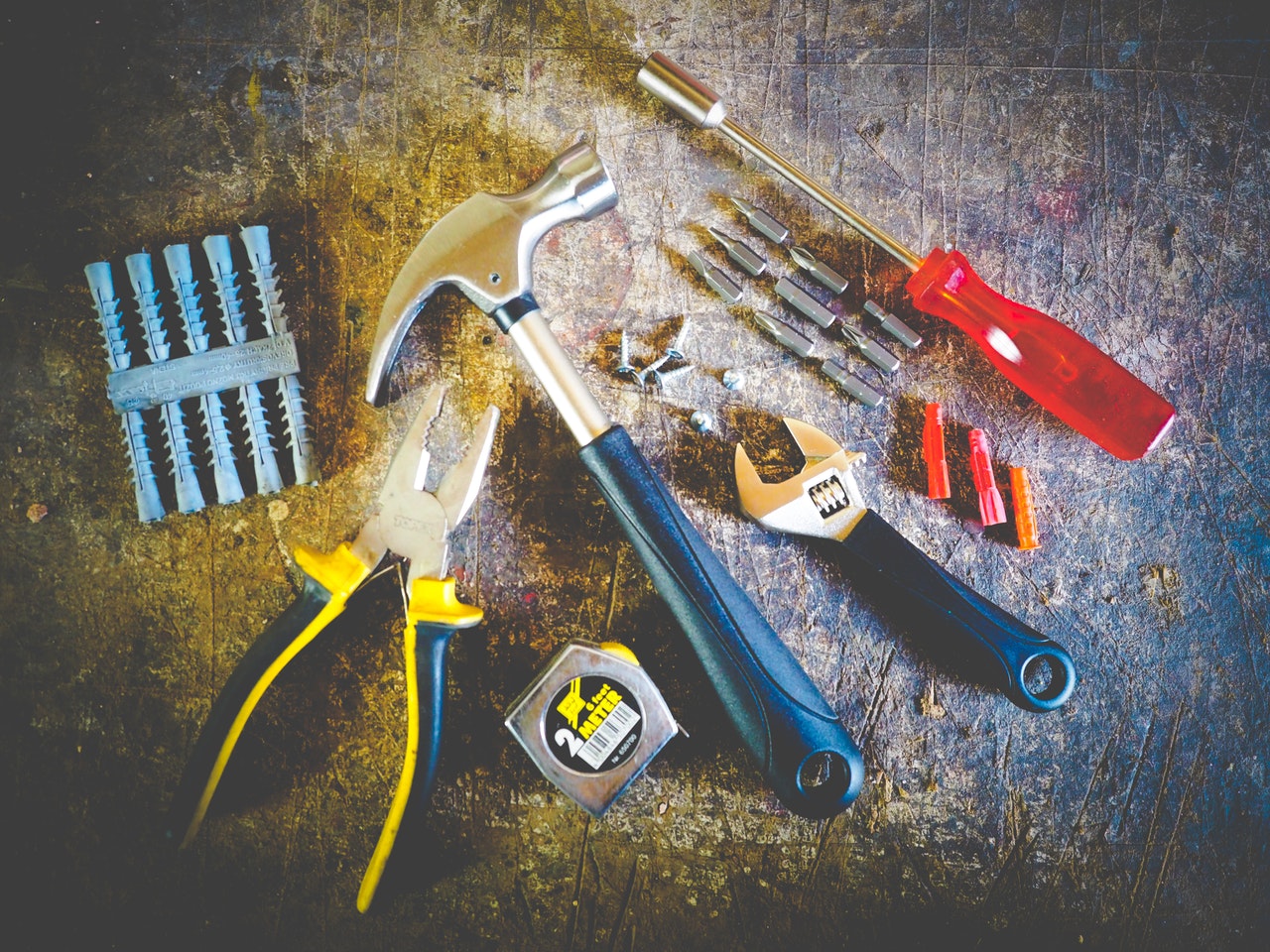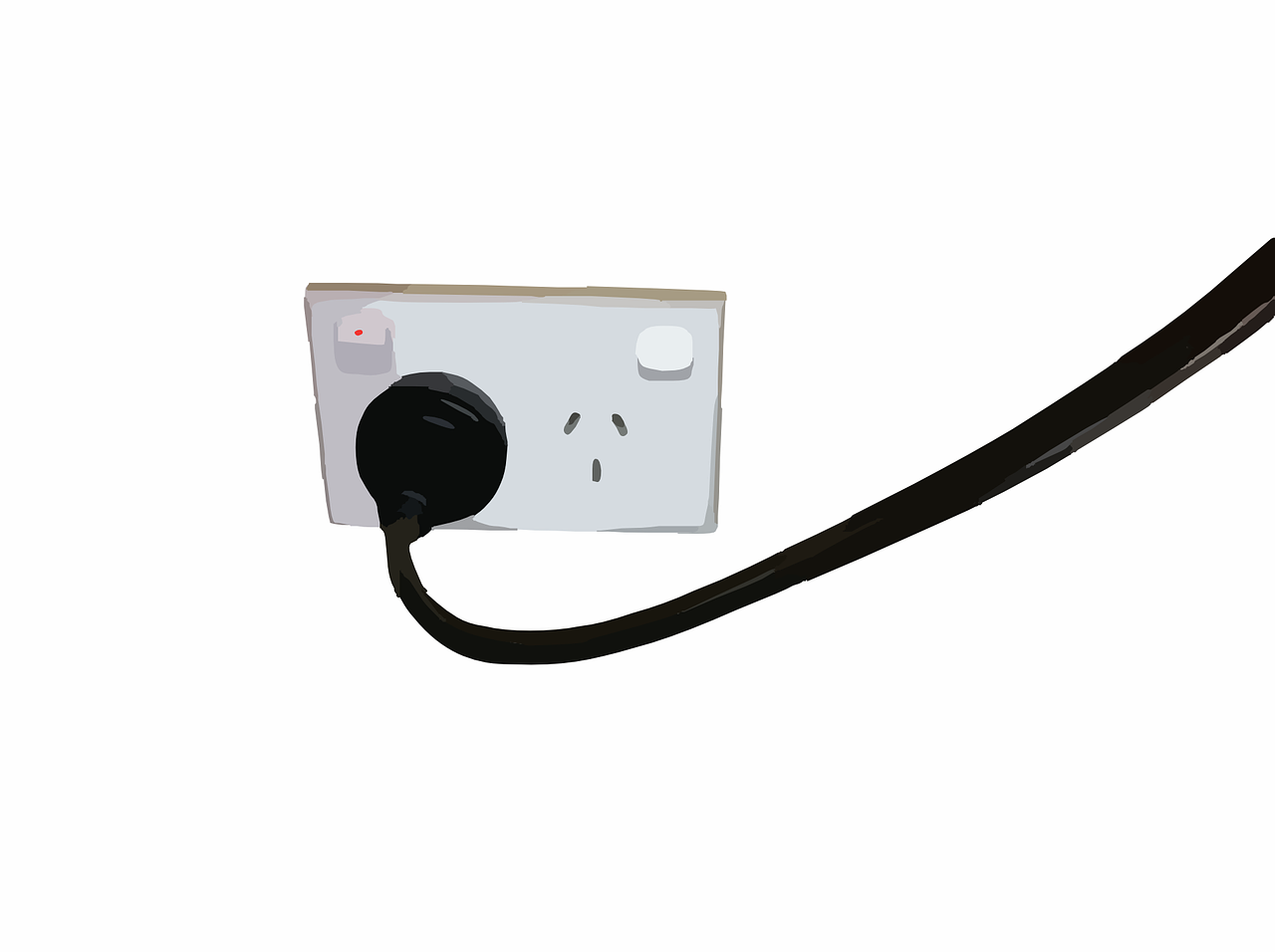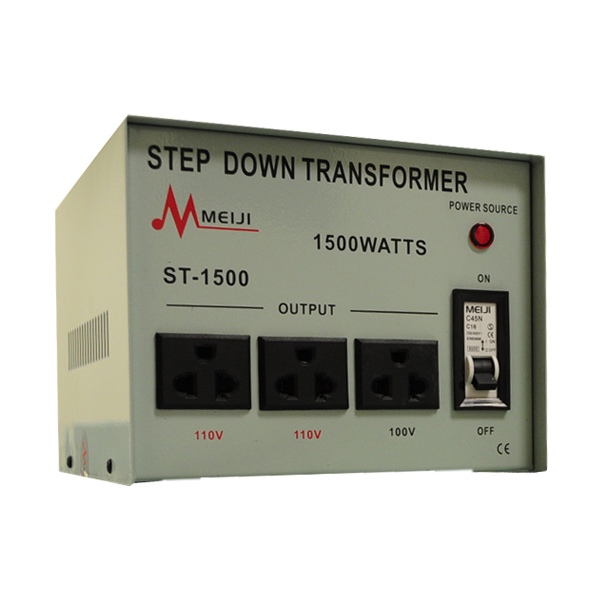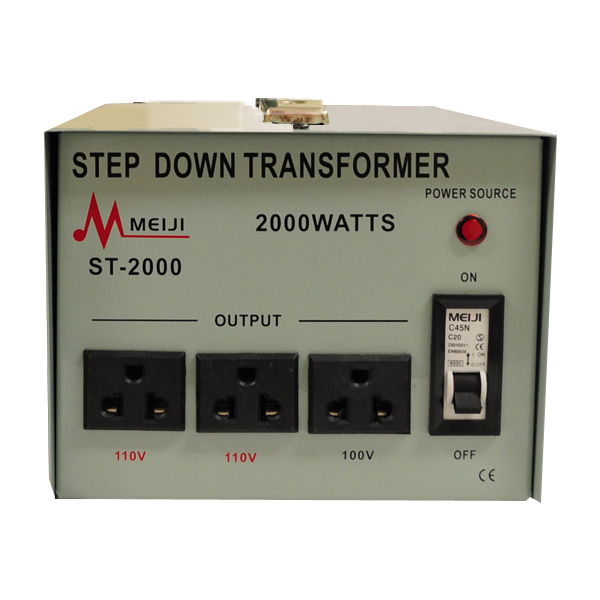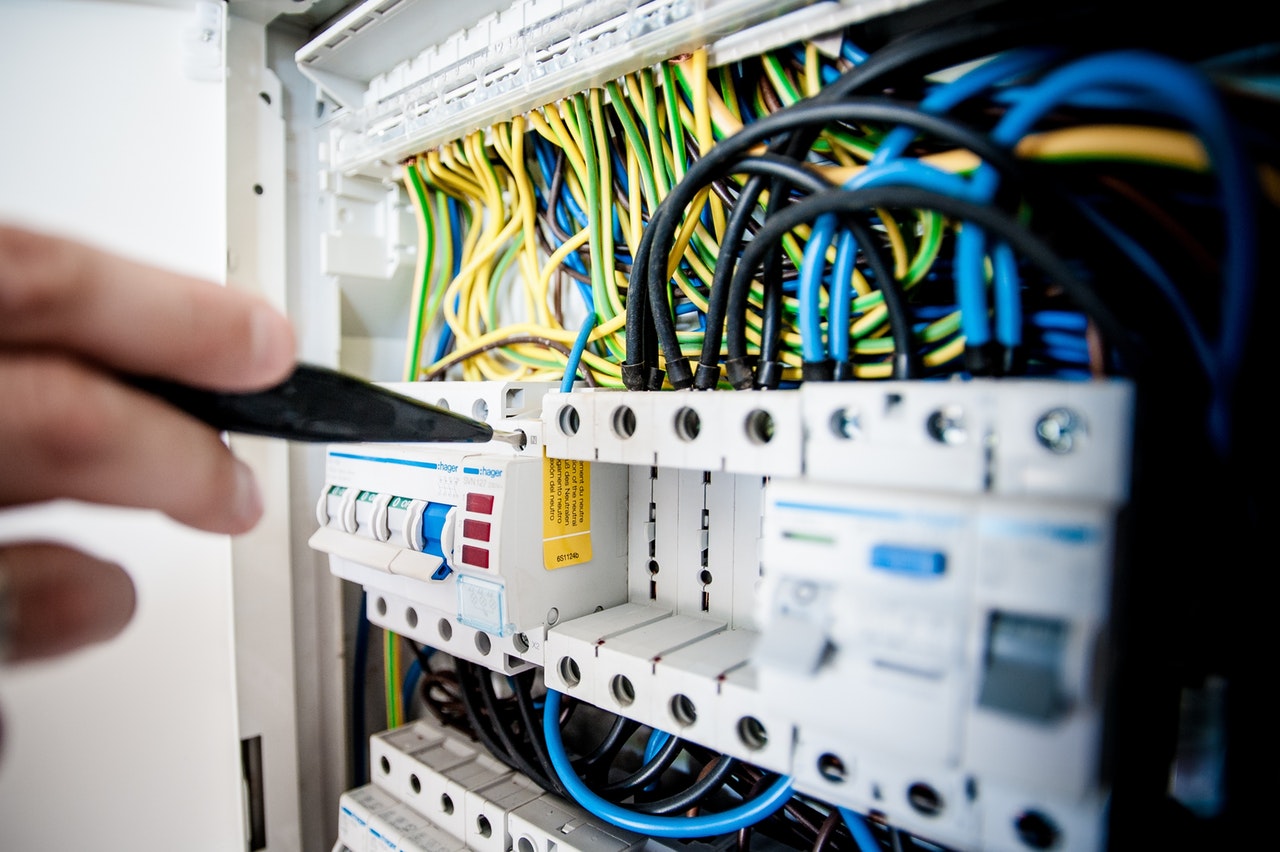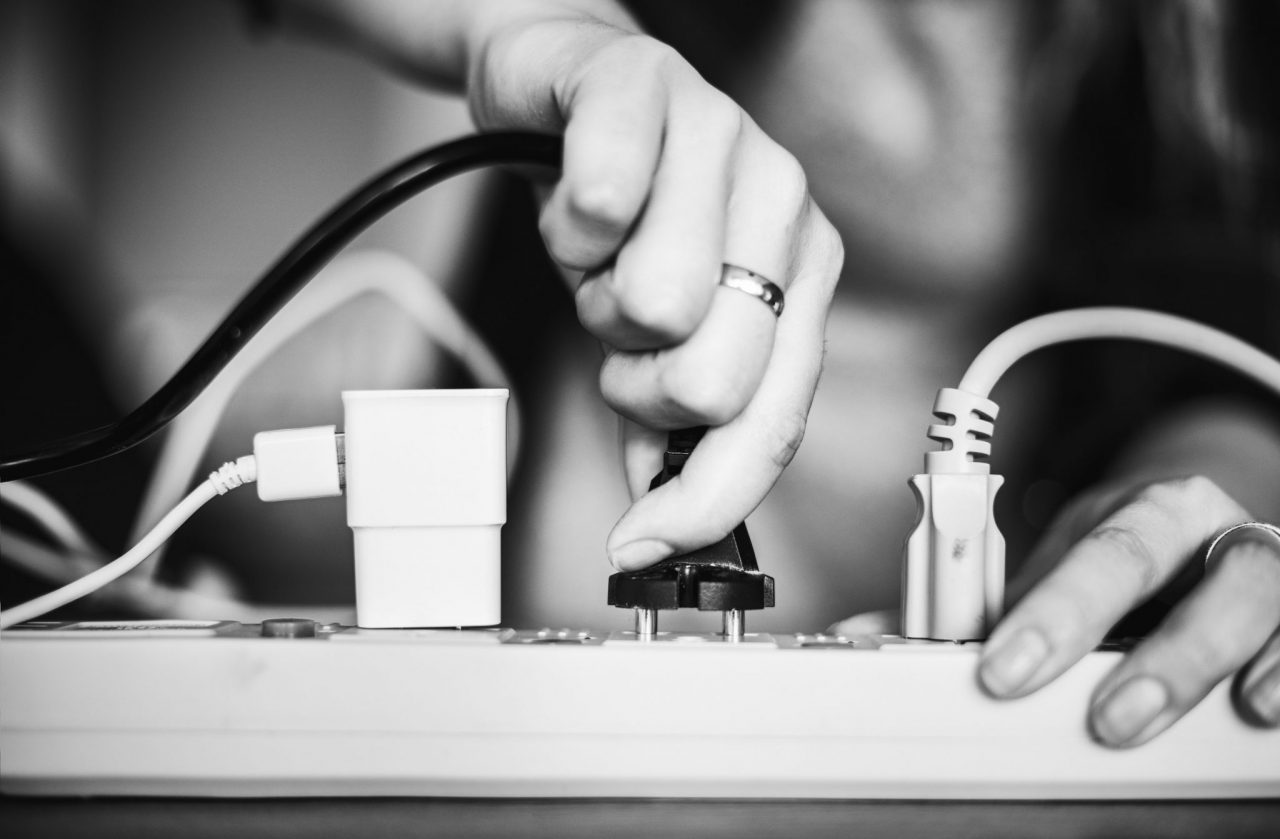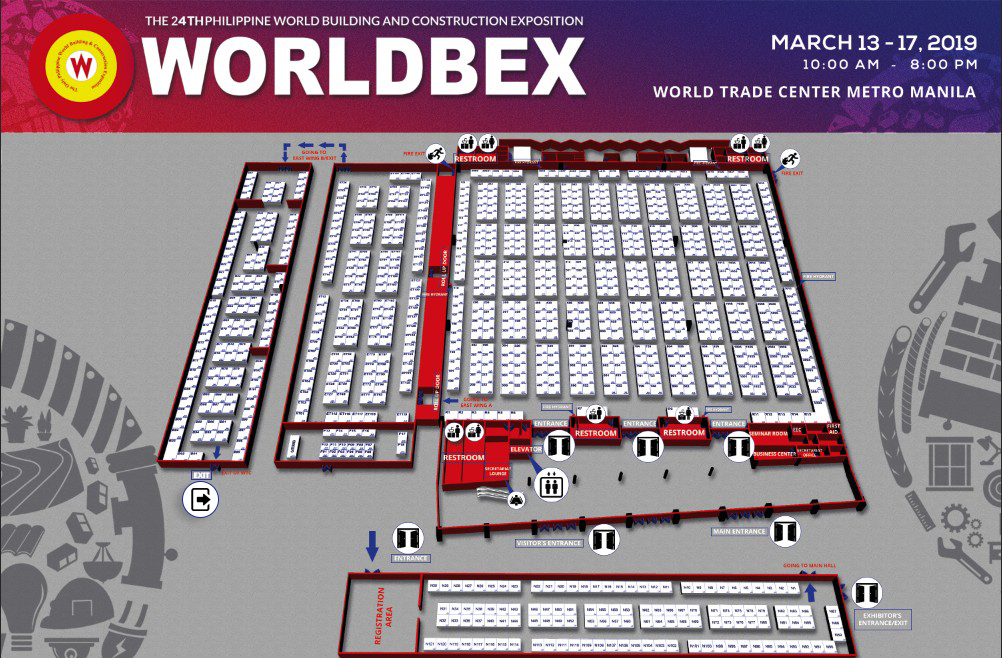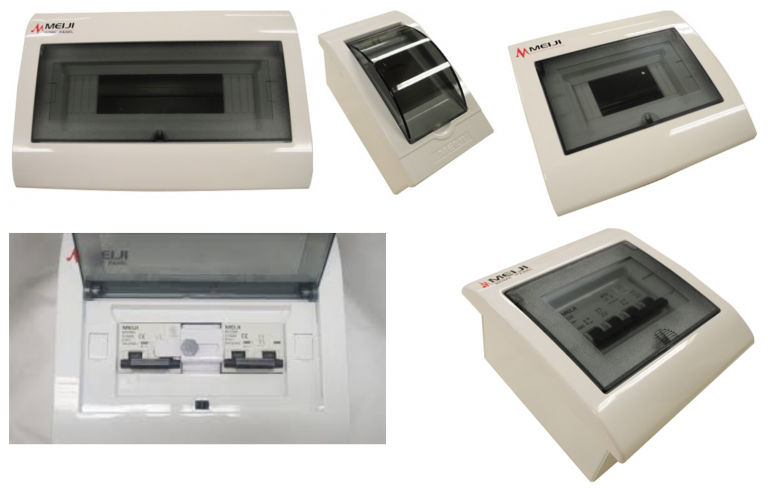What should you remember before you leave home for the holidays?
- Inspect your appliances before leaving
- Unplug all the appliances
- Double check the outlets
- Organize the electrical cords
- Keep water away from your electronics
- Switch off the panel breaker
Holy week is here once again. During this time, most families in the Philippines can be categorized into two: those that participate in in church events, and those that go on vacation. Either way, you will be leaving your home for at least a whole day, so it’s crucial that you keep things in check.
Every electrical company in the Philippines will strongly encourage families to be careful before they leave their homes for the holidays. When it comes to electrical safety, making sure that you leave your home after a thorough check will ensure that you won’t come back with high electricity bills or worse, damaged appliances.
Inspect Your Appliances Before Leaving
The first thing that you should do is to inspect the appliances that you have in your home and make sure that they’re in working order. From televisions to laundry machines and dishwashers to lampshades, make sure that everything is functioning correctly.
This way you’ll know if something happens to any of them while you’re gone. This inspection also serves as a reminder for you to turn off all of your appliances for the duration of your vacation. Leaving your appliances plugged in for an extended period can lead to damage that might not be repairable.
Unplug All the Appliances
To be safe, you can just opt to remove all of your appliances from their outlets. This way, you won’t have to worry about leaving any of them for long with power running through them.
Before you remove them from the outlet, however, you should make sure that your appliances have shut down properly. Choosing to remove the plug without properly turning off the appliance can lead to different kinds of electrical hazards. So always remember to turn your appliances off before you unplug them.
Double Check All the Outlets
This should be done at the same time as you unplug all the appliances. Make sure that nothing stays plugged into your outlets if you’re planning on going away for a long time. Leaving an appliance plugged in, even if they’re not turned on, may still contribute to a higher electricity bill.
Organize Electrical Cords
Another thing worth pointing out before you head out for your vacation is to organize the many electrical cords that are lying around at your home. Often, you’ll see extension cords or even just the cables of appliances, in general, lying around your home.
If these are not organized properly, people are going to trip on them! Worse, they might trip on them when they’re plugged in. When that happens, there is a good chance of that person getting hurt (not to mention you’ll also end up damaging your appliance).
Keep your electrical cords in your home in order. For appliances in other areas, make sure to hide them effectively. Keep them hidden from sight or make use of electrical tape to keep them in place on the floor.
Keep Water Away from Electronics
This should already be common sense but always keep your electronics away from any water source. A simple leak might end up short-circuiting one of your appliances so it’s very important to keep these away from each other.
You can also try to waterproof the important parts of your appliances if keeping them away proves to be impossible. That being said, as long as the water sources in your home are far away from your appliances, you can safely assume that this won’t be a problem for you any time soon.
Switch Off the Panel Breaker
Last but not least, if you’re expecting to go away for a long time, it would be better for you to switch off your the circuit breakers in your panelboard so that electricity will not be going through your home at all while you’re gone.
Yes, this leaves your home powerless for a few days. But it won’t matter at all since no one will be staying there while you’re gone anyway, so this is definitely a viable option. Just make sure that your home is secured by locks and other mechanisms so that your house is protected even if there is no electricity.
Key Takeaway
Holy week is a time to take some time off from our busy lives. If you’re going to leave your home for a number of days during this time, it’s important that you ensure that there are no electrical hazards that might be lying around there.
Take the advice of an electrical company in the Philippines and conduct inspections of your whole home before you leave. Try to use the points mentioned above to your advantage!


